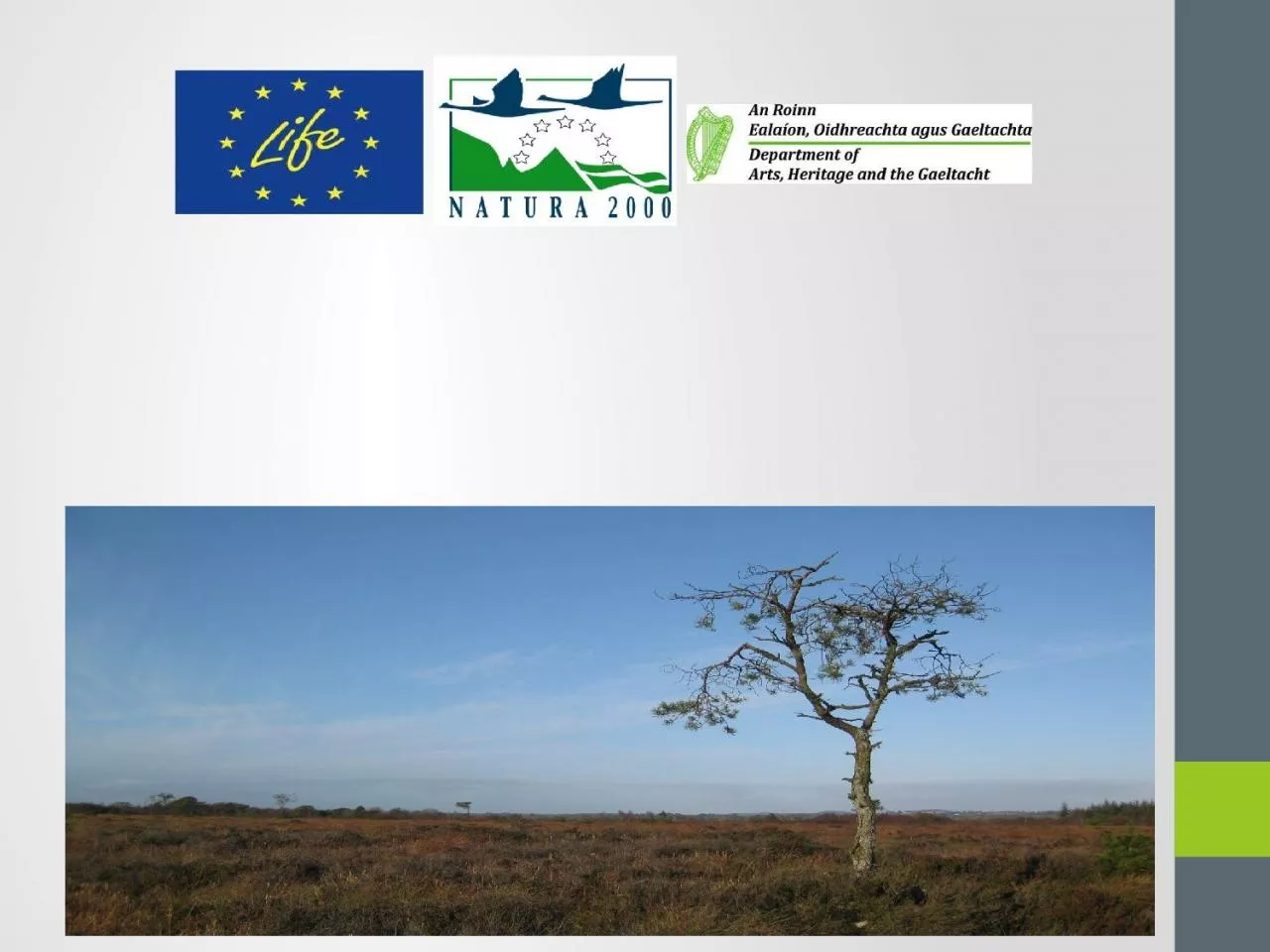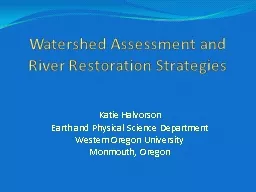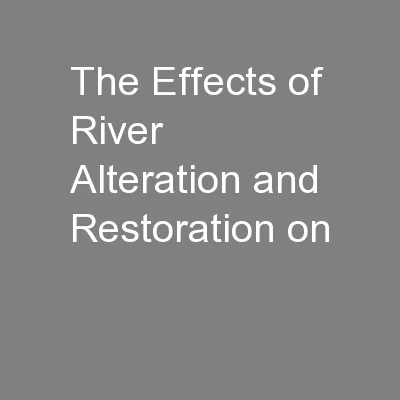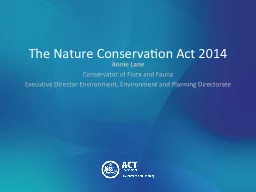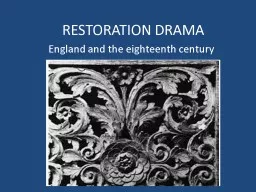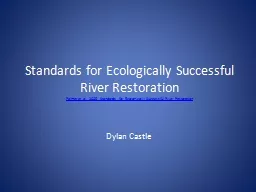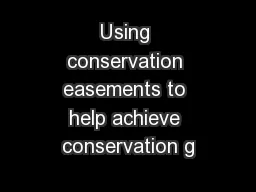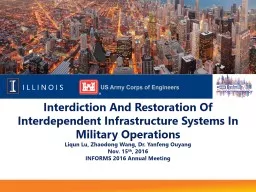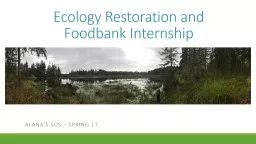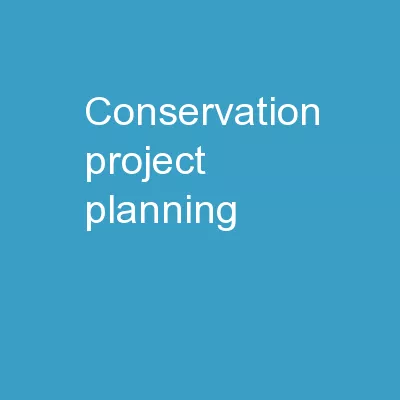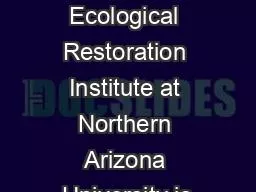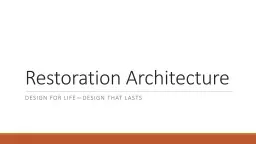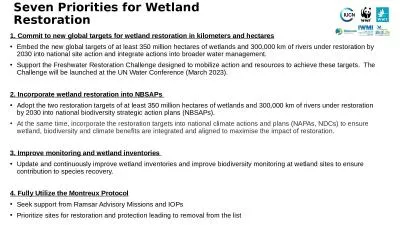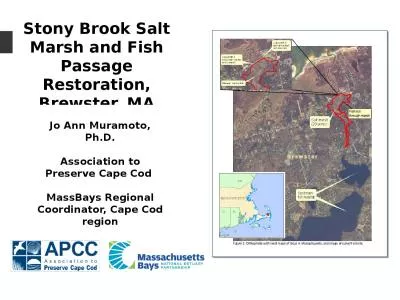PPT-Management planning, conservation and restoration of
Author : isabella2 | Published Date : 2023-10-26
Natura 2000 sites Suzanne Nally NPWS DAHG Suzanne Nally National Parks and Wildlife Service 6 May 2016 Irish Rural Link Conference Moate Co Westmeath Role of
Presentation Embed Code
Download Presentation
Download Presentation The PPT/PDF document "Management planning, conservation and re..." is the property of its rightful owner. Permission is granted to download and print the materials on this website for personal, non-commercial use only, and to display it on your personal computer provided you do not modify the materials and that you retain all copyright notices contained in the materials. By downloading content from our website, you accept the terms of this agreement.
Management planning, conservation and restoration of: Transcript
Download Rules Of Document
"Management planning, conservation and restoration of"The content belongs to its owner. You may download and print it for personal use, without modification, and keep all copyright notices. By downloading, you agree to these terms.
Related Documents

